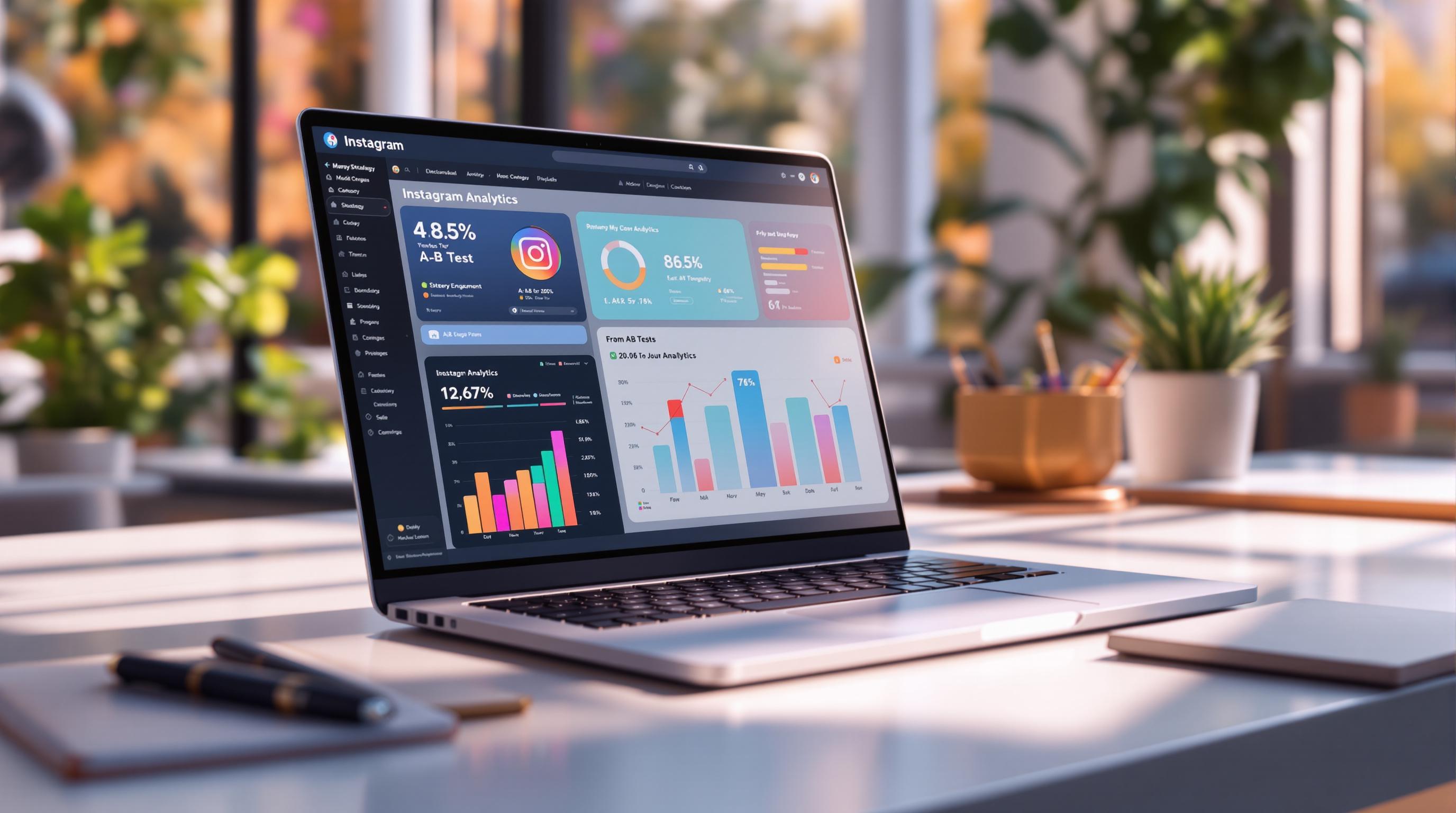
When it comes to improving your Instagram strategy, A/B testing is key. It helps you figure out what works best by testing two versions of your content - like captions, post timing, or visuals - and comparing their performance. Here's how to make the most of it:
- What to Measure: Focus on key metrics like impressions, reach, engagement rate, story completion rate, and click-through rate (CTR). These numbers tell you how well your content is performing.
- How to Test: Change one variable at a time (e.g., caption style or hashtags) while keeping everything else consistent. Use Instagram's split testing tools for ads or alternate posts for organic content.
- How Long to Test: Run your tests for 7–14 days to gather enough data for meaningful results.
- What to Look For: Compare metrics like engagement rates, reach, and clicks between the two versions. Make sure your data is statistically significant before deciding the winner.
Pro Tip: Start with simple tests (like post timing) and gradually experiment with more complex elements. Use your findings to refine your strategy, improve engagement, and grow your audience.
Want to dive deeper? Keep reading for step-by-step instructions on setting up tests, analyzing results, and using insights to create better content.
Instagram A/B Testing Fundamentals
What A/B Testing Means
A/B testing on Instagram involves comparing two versions of content to see which performs better. For example, you might test two different captions while keeping the image, timing, and hashtags identical. Your audience is split into two groups, with each group seeing a different version. By measuring performance, you can pinpoint what works best and make smarter content decisions.
Benefits of A/B Testing on Instagram
A/B testing offers several advantages for Instagram marketers:
- Informed Decisions: Use real data instead of guessing what your audience likes.
- Boosted Engagement: Refine your content to consistently improve likes, comments, and shares.
- Efficient Spending: Identify what resonates to allocate time and resources wisely.
- Deeper Audience Insights: Learn more about your followers' preferences and habits.
- Reduced Risk: Test new ideas on a smaller scale before committing to a full rollout.
Main Instagram Metrics to Track
When running A/B tests, focus on these performance indicators:
| Metric | What It Measures | Why It Matters |
|---|---|---|
| Impressions | Total number of times your content is viewed | Tracks overall visibility |
| Reach | Unique accounts that see your content | Shows how far your content spreads |
| Engagement Rate | Likes, comments, and shares divided by followers | Reflects how well your content connects |
| Story Completion Rate | Percentage of viewers who watch your entire Story | Indicates how engaging your Stories are |
| Click-Through Rate (CTR) | Percentage of people clicking your links | Measures conversion potential |
Track these metrics over 7–14 days to gather reliable data. This will help you identify the stronger content version and refine your strategy.
Pro Tip: Choose one primary metric to focus on for each test. While secondary metrics are helpful, keeping a clear goal prevents confusion and ensures actionable results. Also, make sure your data is statistically significant - small differences might not mean much without enough data to back them up.
How to Do A/B Testing: 15 Steps for the Perfect Split Test
How to Set Up Instagram A/B Tests
When running Instagram A/B tests, focus on testing one element at a time. This approach helps you pinpoint what’s working and what’s not, giving you clearer insights.
Selecting Test Variables
Here are some common variables you can test:
- Post Timing: See how posts perform at different times of the day.
- Visual Content: Try different image styles, filters, or formats while keeping everything else the same.
- Caption Style: Play around with caption lengths and tones, but keep your main message clear.
- Call-to-Action: Test different wording or placements to see what gets more clicks or engagement.
- Hashtag Strategy: Compare broad hashtags to niche ones to measure their impact on reach and engagement.
Once you pick your variable, split your audience evenly to get accurate results.
Setting Up Test Groups
Balanced test groups are key to reliable results. For organic posts, alternate between versions A and B during similar time slots and days of the week. If you’re testing Instagram ads, use Instagram’s split testing tools. These tools help ensure your budget, audience size, targeting, and test duration are consistent across both groups. Keeping the groups evenly sized will make your data more trustworthy.
After setting up your groups, decide how long your test should run to gather meaningful engagement data.
Picking Test Length
The length of your test depends on how often you post and how active your audience is. For most accounts, running tests over several days can capture different user behaviors at various times. For Stories or features that drive quick responses, shorter test periods might work better. Keep an eye on your metrics to ensure you collect enough data for accurate conclusions.
sbb-itb-3858882
Reading A/B Test Results
Measuring Instagram Metrics
Keep your focus on KPIs that match your campaign goals. Here are some key metrics to calculate:
- Engagement Rate: (engagements ÷ impressions) × 100
- Reach: The number of unique accounts that saw your content
- Impressions: The total number of views your content received
- Click-Through Rate (CTR): (total clicks ÷ total impressions)
- Follower Growth: The net increase in followers during the testing period
Instagram Insights is your go-to tool for exporting and reviewing this data. Make it a habit to check regularly.
Before deciding on the winning variant, ensure your data is reliable and accurate.
Checking Result Reliability
To confirm your results are valid, take these factors into account:
- Sample Size: Make sure each variant has enough data points to draw meaningful conclusions.
- Statistical Significance: Aim for a 95% confidence level to ensure your findings are dependable.
- External Factors: Think about influences like seasonal trends, Instagram algorithm updates, or competitor activity that might skew results.
Finding the Better Version
-
Compare Primary Metrics
Start by evaluating your primary metrics. For example:Metric Version A Version B Difference Engagement Rate 4.2% 5.8% +1.6% Reach 2,500 3,200 +700 Saves 45 62 +17 -
Analyze Secondary Effects
Look beyond the primary metrics. Supporting data like follower retention, profile visits, and website clicks can provide a deeper understanding of the results. -
Document Key Learnings
Capture insights such as audience preferences, unexpected outcomes, and areas for improvement. These notes will guide future tests.
The "better" variant should align with your campaign's specific goals. For instance, a post with lower engagement might still outperform in conversion rates or other business-critical metrics.
Using Test Results to Improve
Updating Content Plans
Track which elements perform well. Pay attention to factors like post timing, caption length, hashtag usage, and visual style. Use this information to create a checklist for improving your content. For example, if carousel posts get better engagement than single-image posts, focus more on creating carousels.
Planning Next Tests
Use what you've learned to shape your next set of tests:
-
Refine Top Performers
Start with your best-performing content and test small changes, like trying different camera angles or lighting setups. -
Tweak Underperformers
For content that doesn't work as well, adjust things like video length, opening hooks, or where you place captions. -
Try New Ideas
If a certain type of content works well, like behind-the-scenes videos, expand on it. You could try team spotlights, production process clips, customer success stories, or live Q&A sessions.
Finding More Resources
Look for outside help to improve your strategy. AdWeek is a great source for updates on Instagram trends and tips. Combine this with Instagram analytics and reliable third-party tools to measure and compare your performance.
Conclusion
Running A/B tests on Instagram involves carefully measuring and analyzing results to make informed decisions that can refine your content strategy. Keep these key points in mind:
- Consistent tracking: Regularly monitor performance metrics across all test variations.
- Rely on data: Base your content decisions on actual results, not just assumptions.
- Refine over time: Learn from both successful and less effective tests to continually improve.
Start with simple tests, like adjusting post timing or caption length, and gradually experiment with more complex factors, such as content themes or storytelling styles. Keep detailed notes on what works and what doesn’t - this will serve as a valuable guide for future campaigns.
Blend your A/B testing insights with broader industry trends to enhance your Instagram strategy. Stay on top of performance metrics, leverage trustworthy resources, and adapt your approach to better connect with your audience.




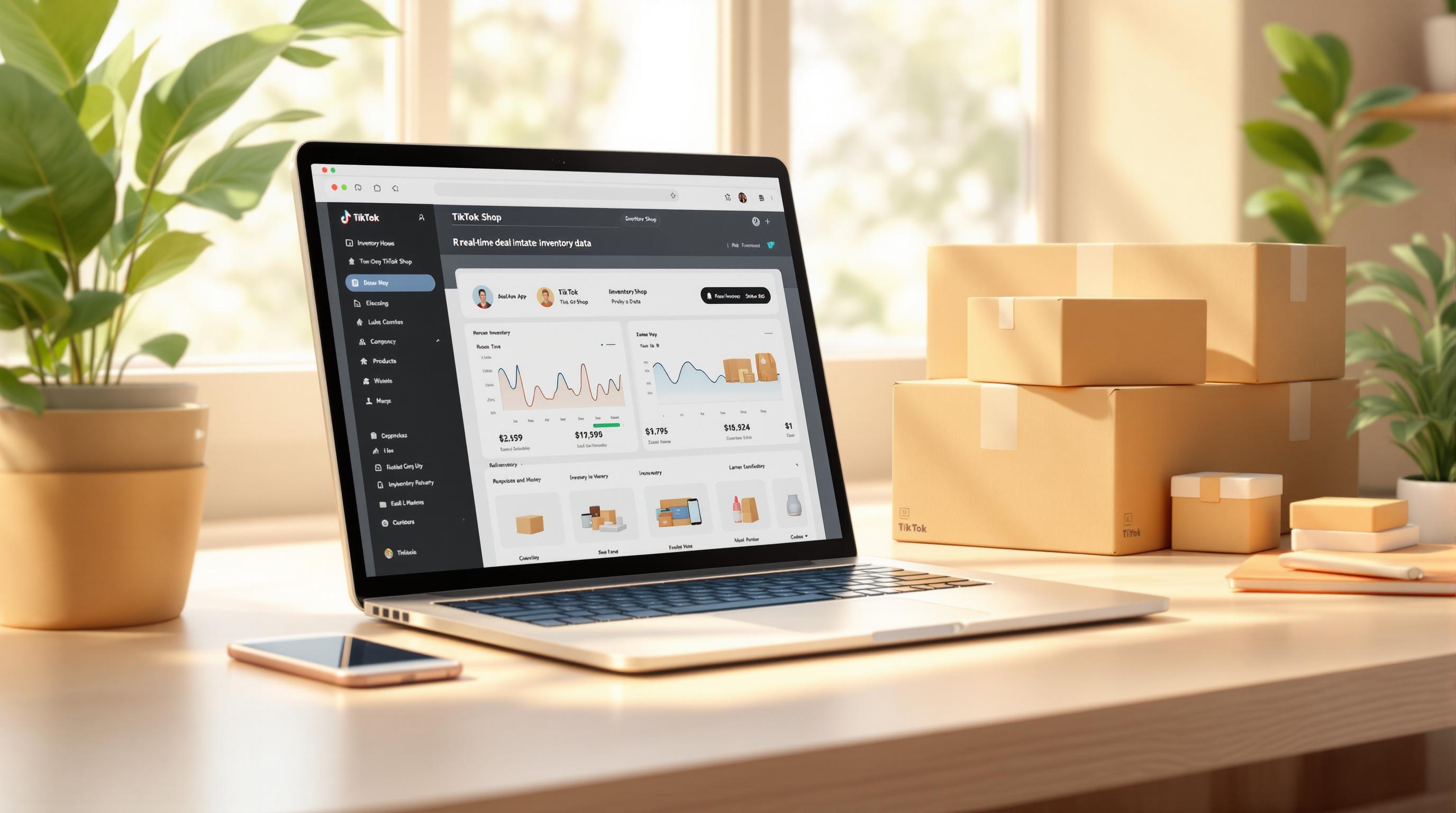


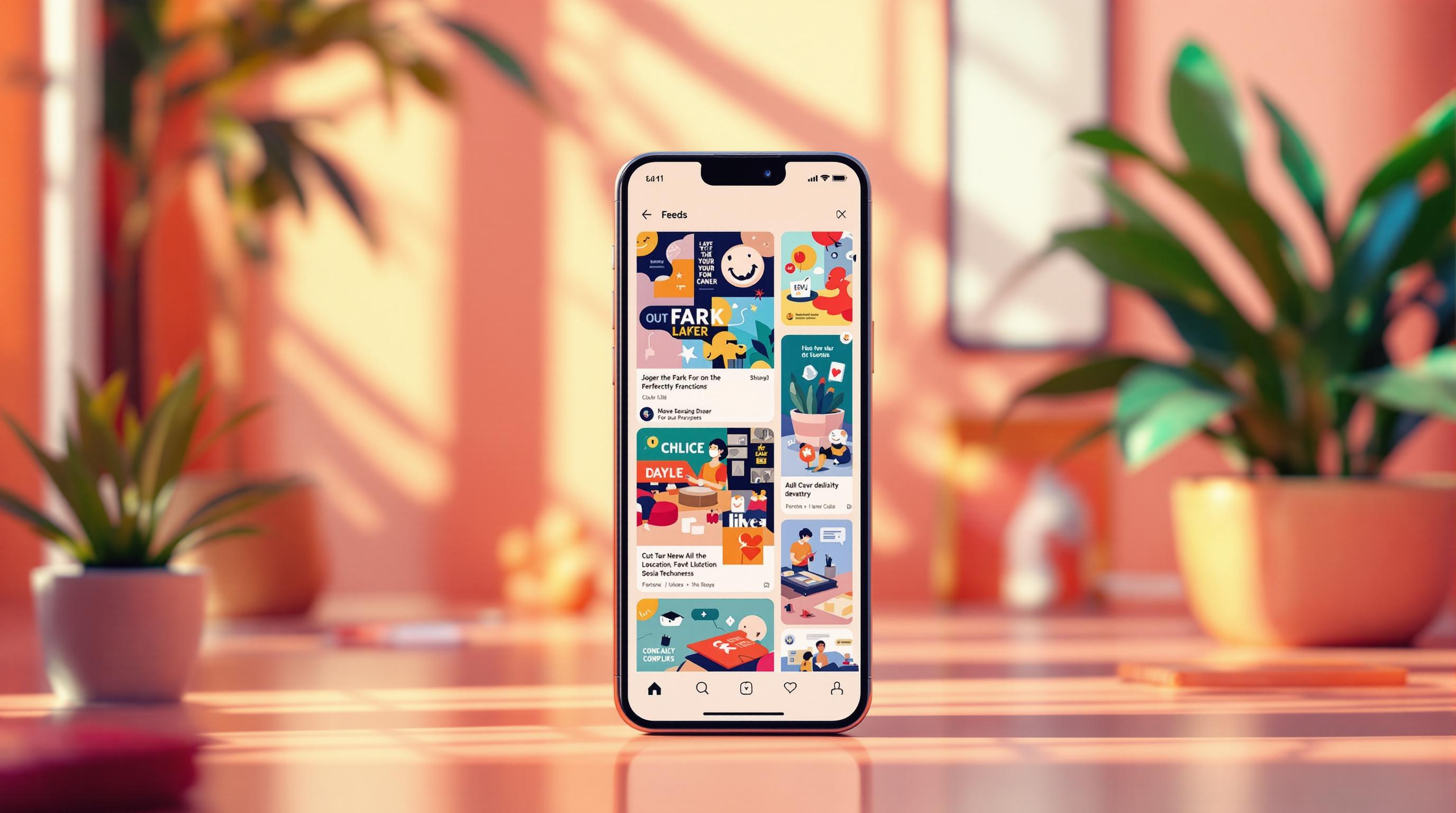
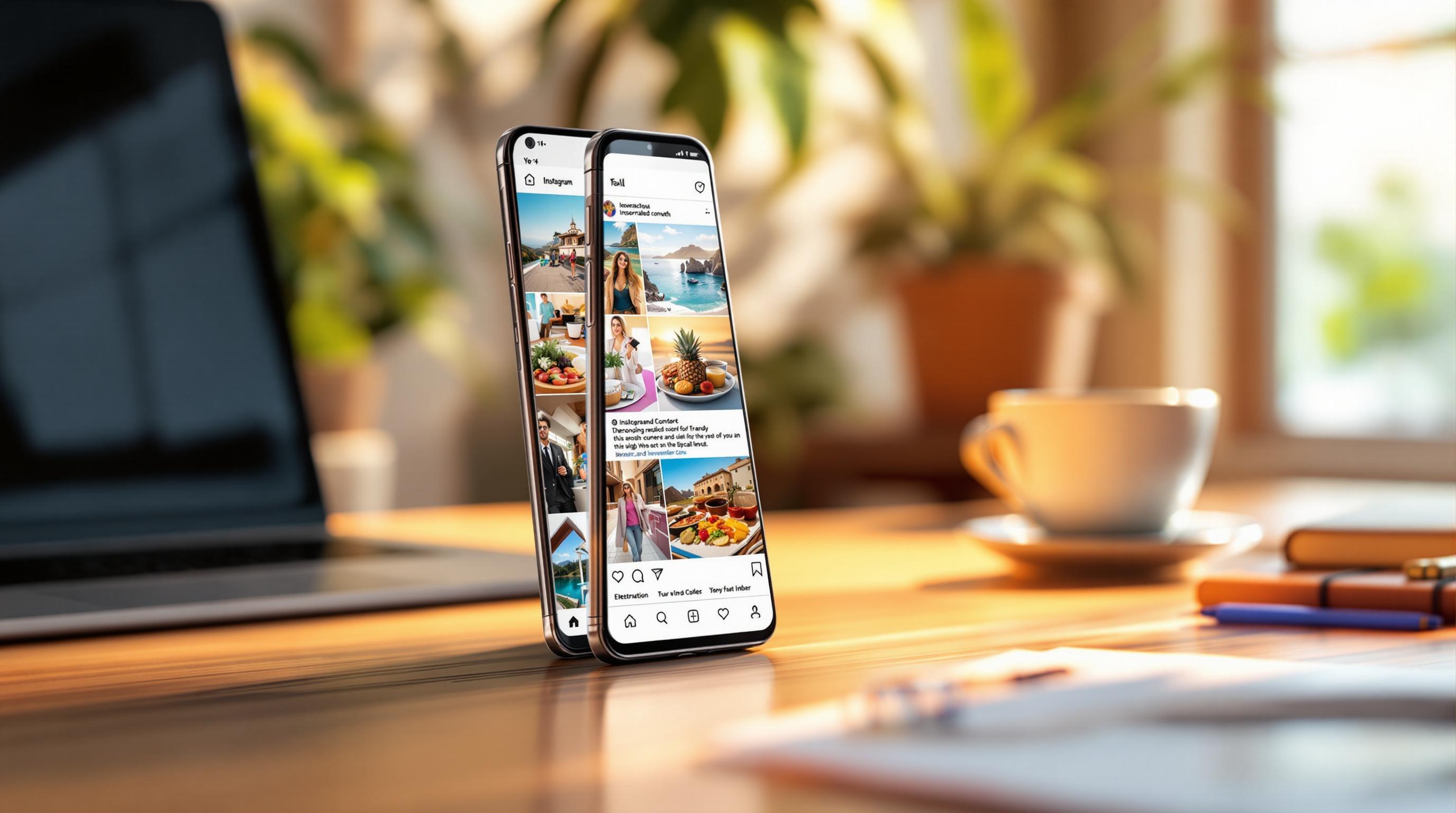







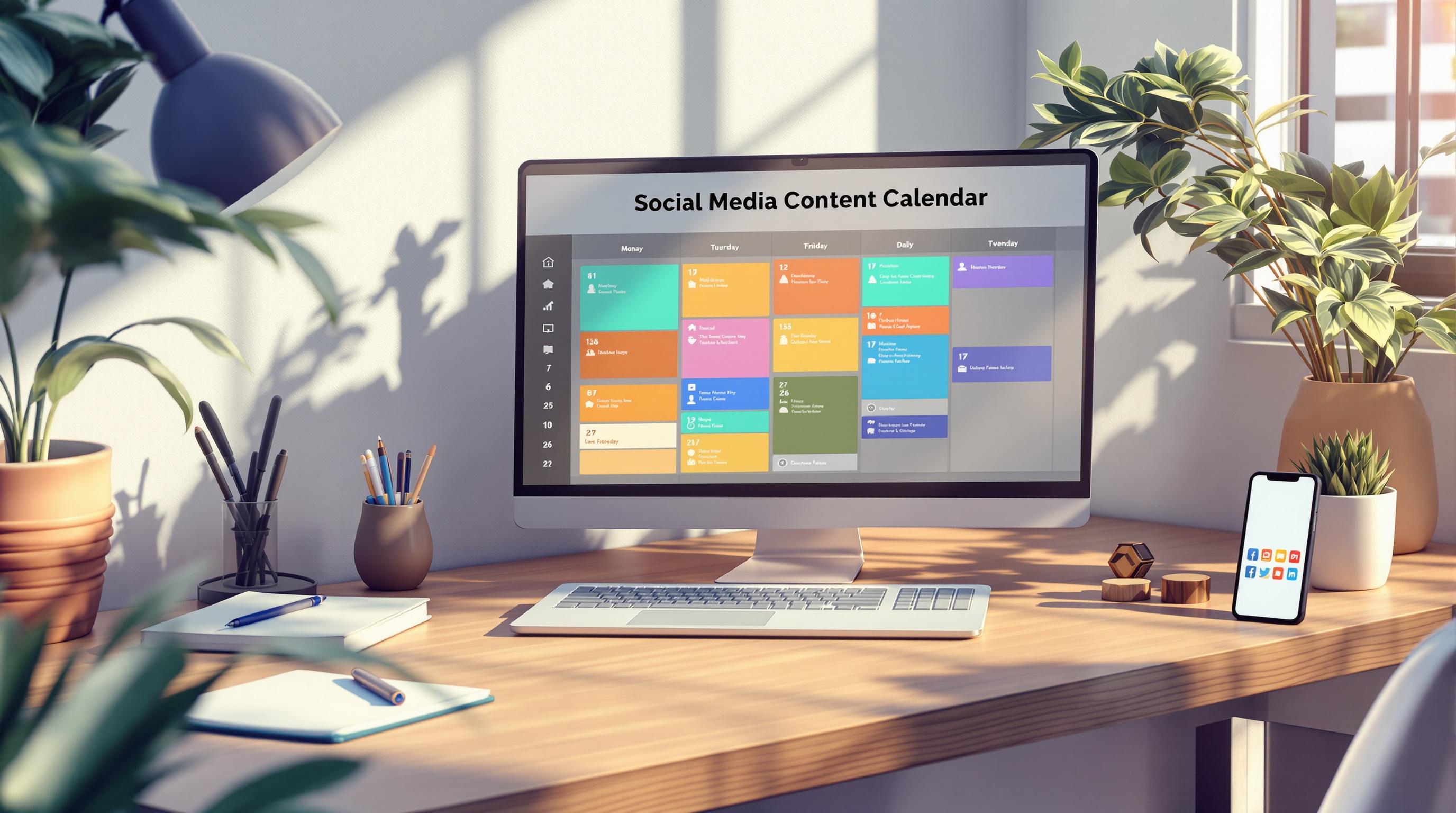


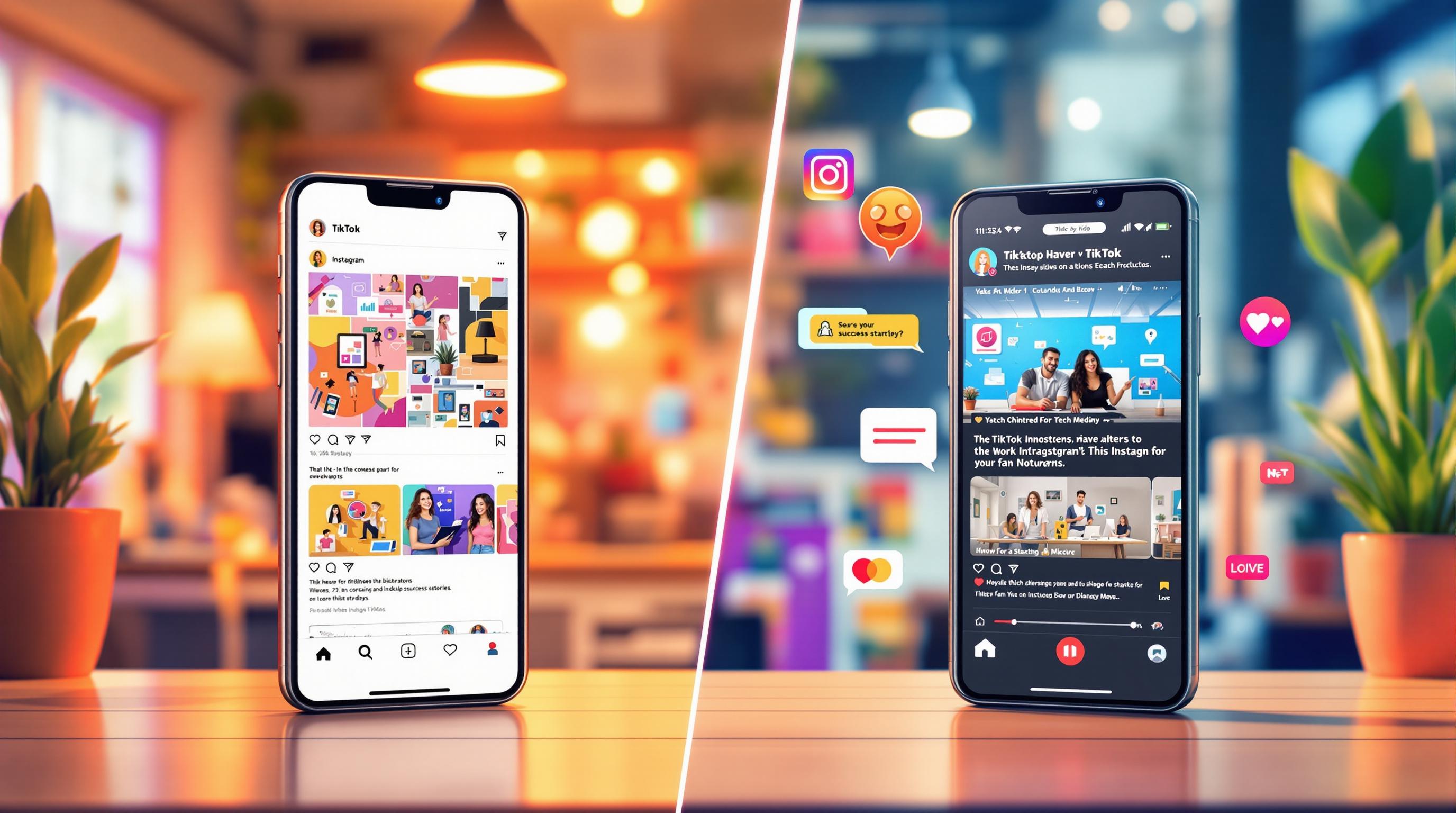
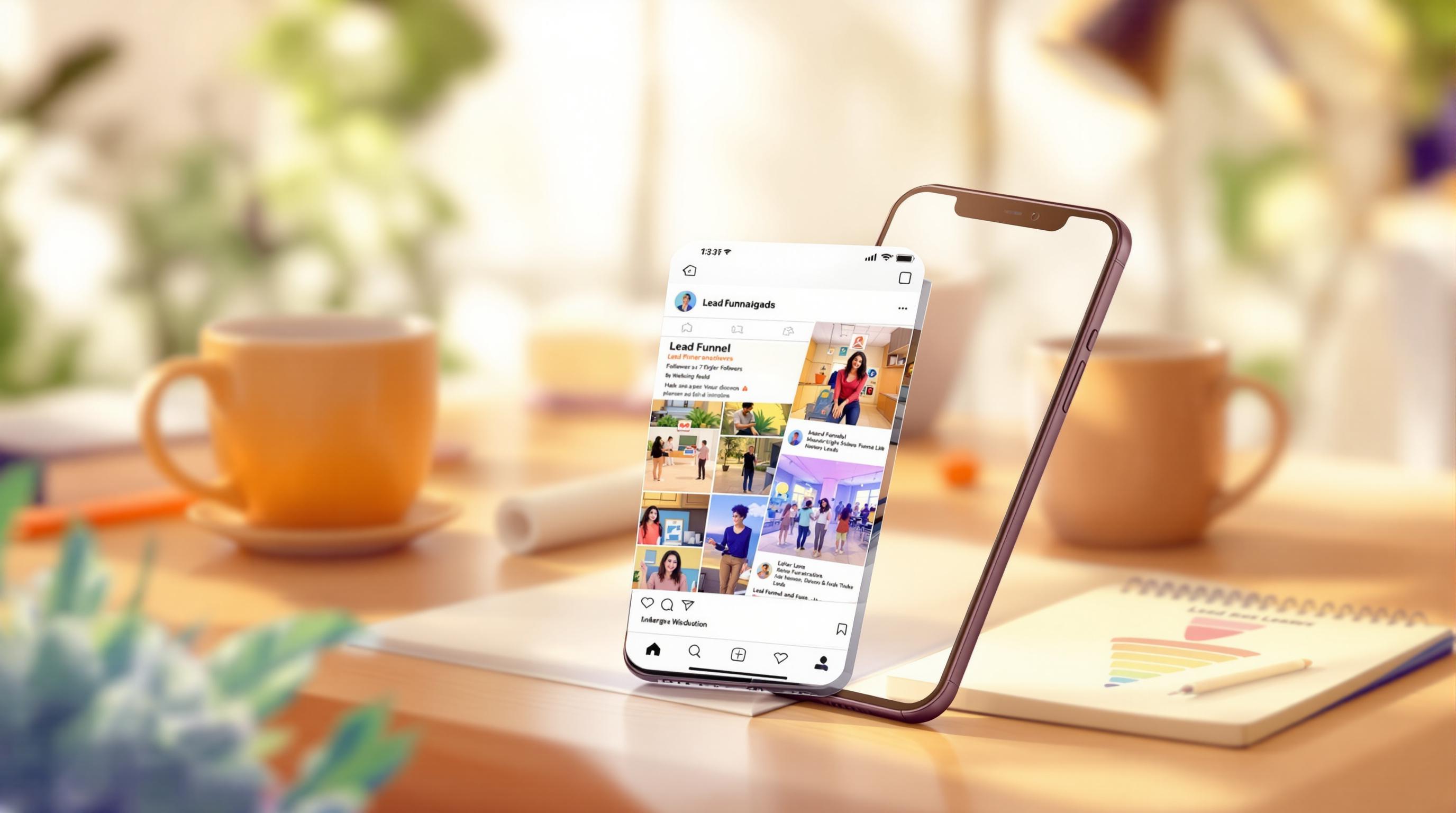

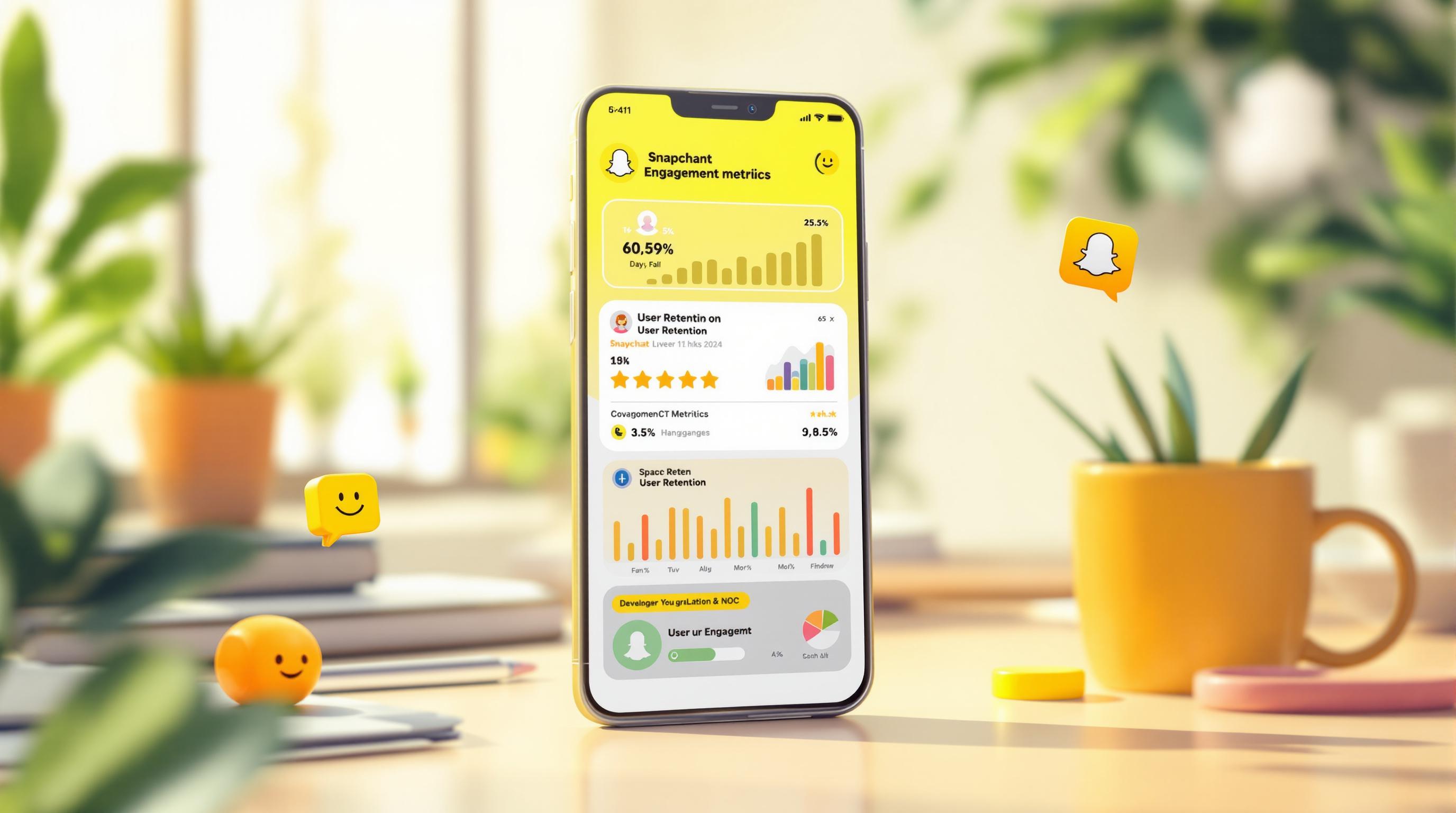
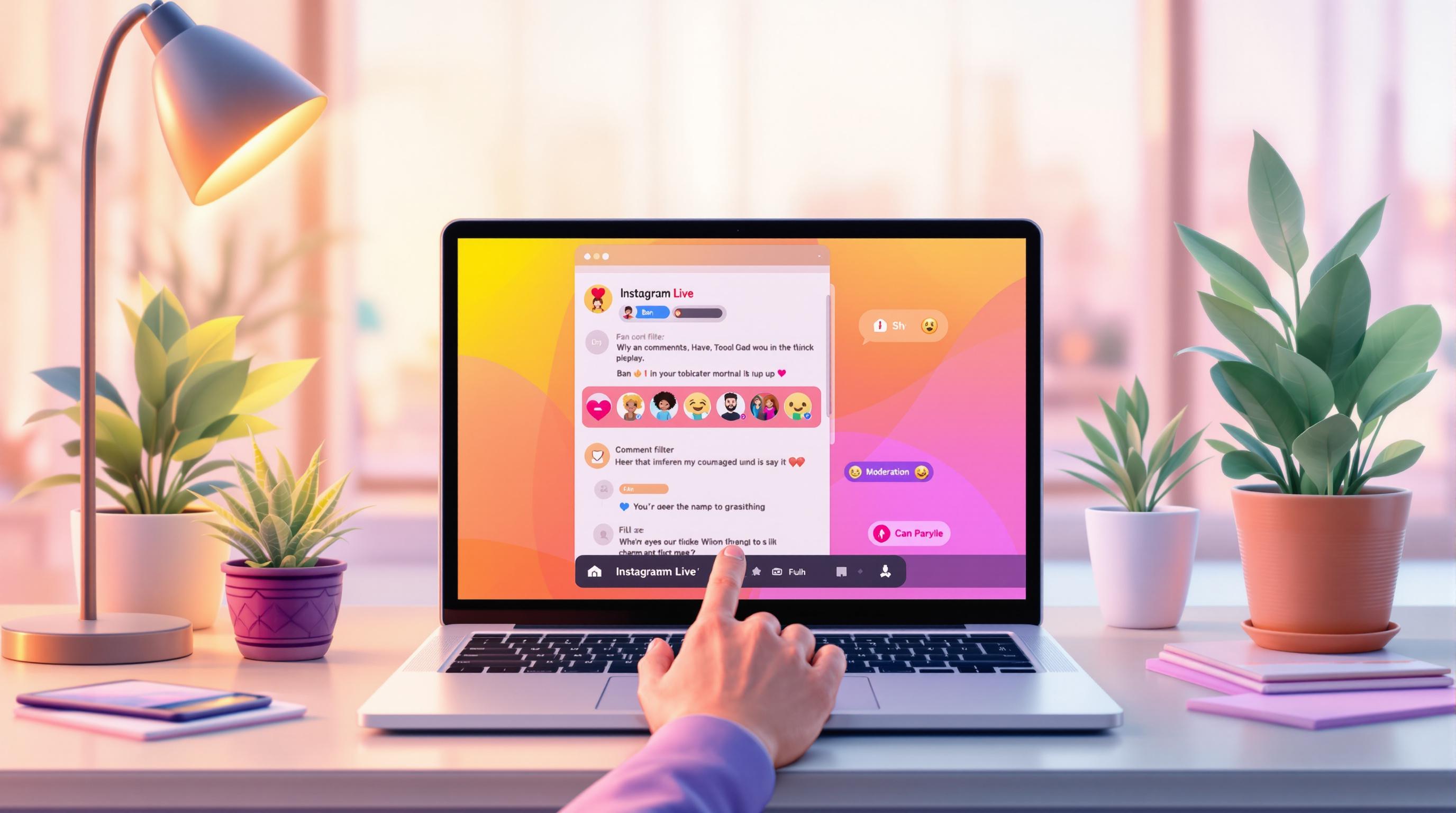
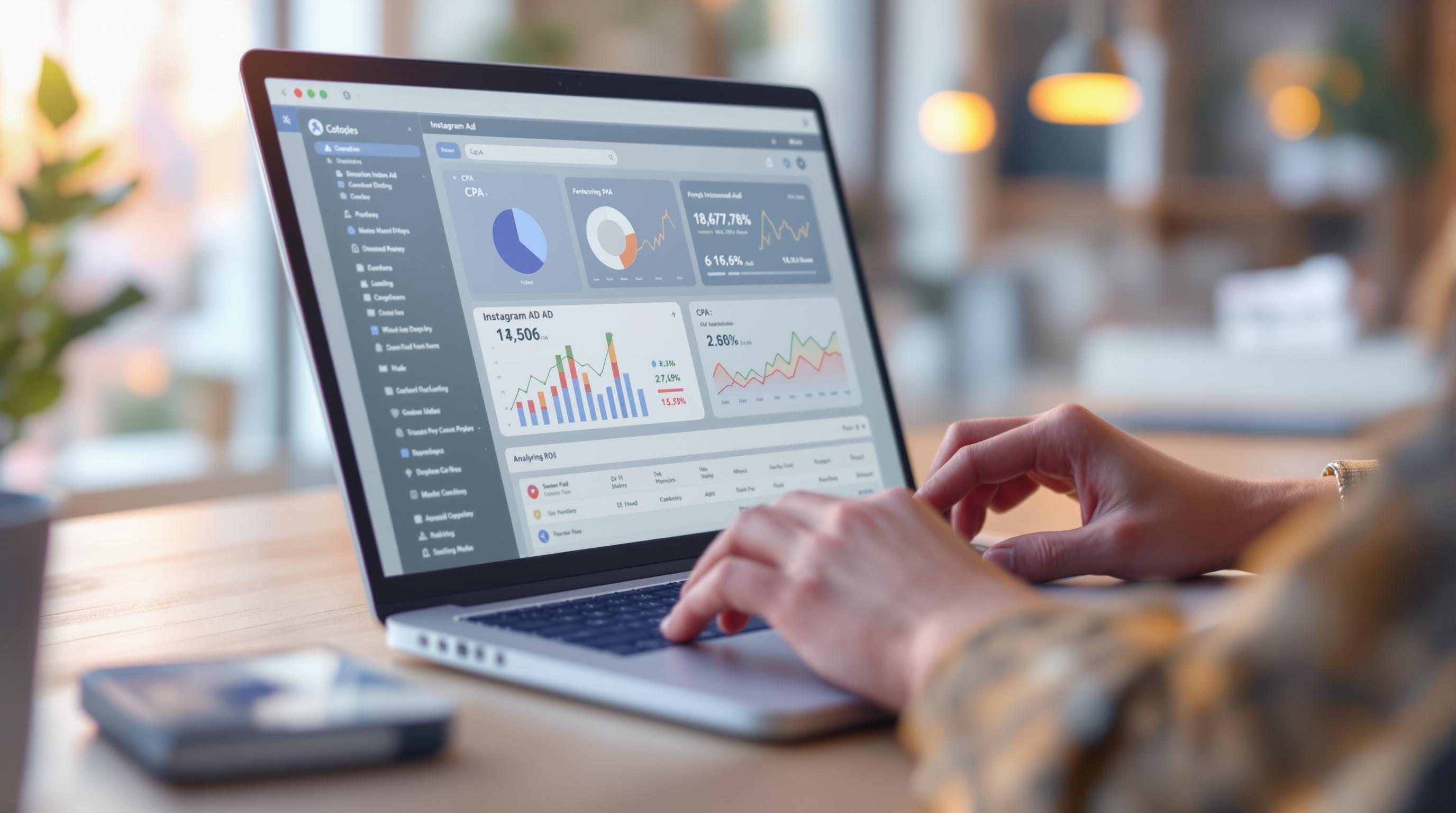
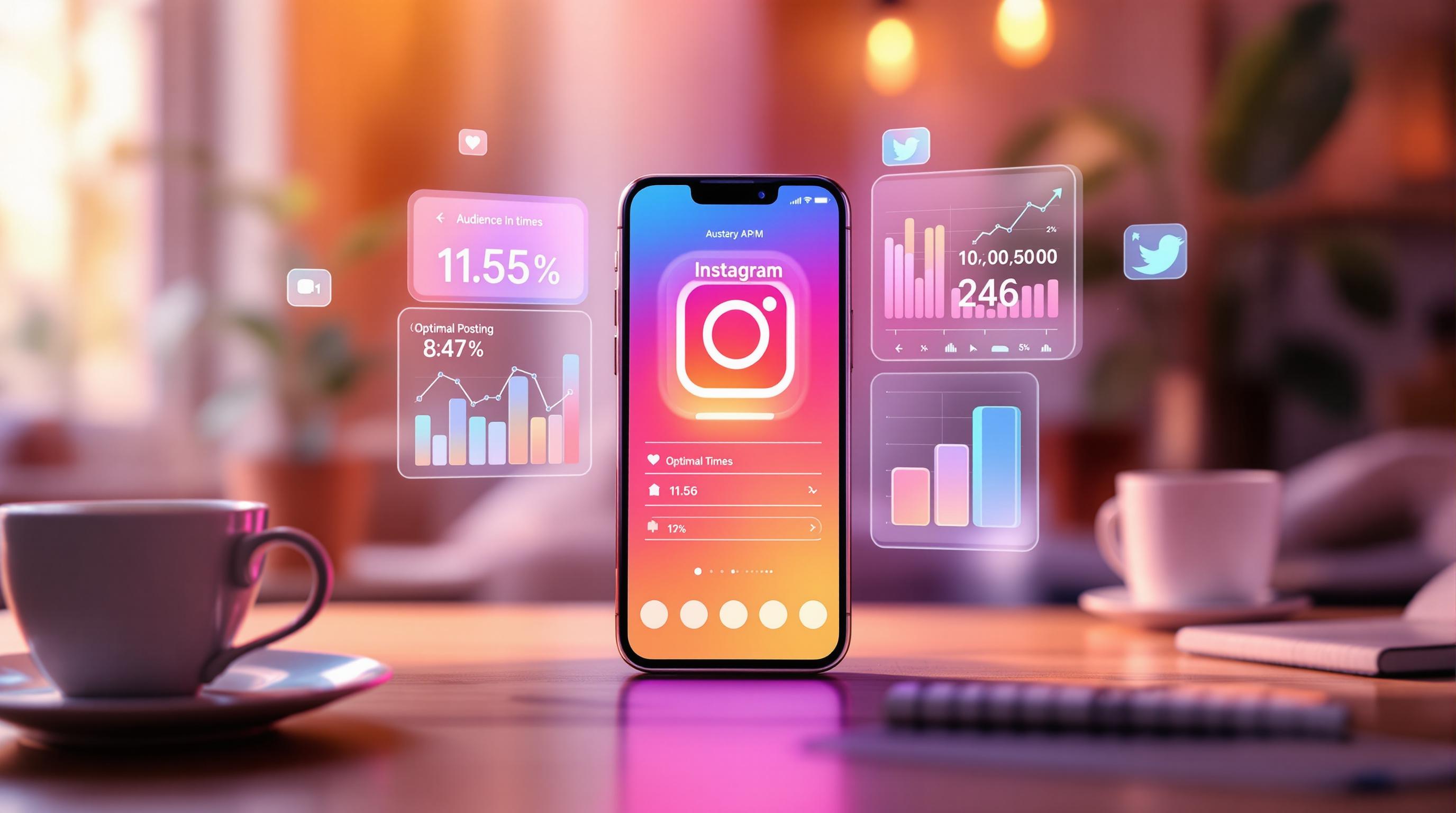
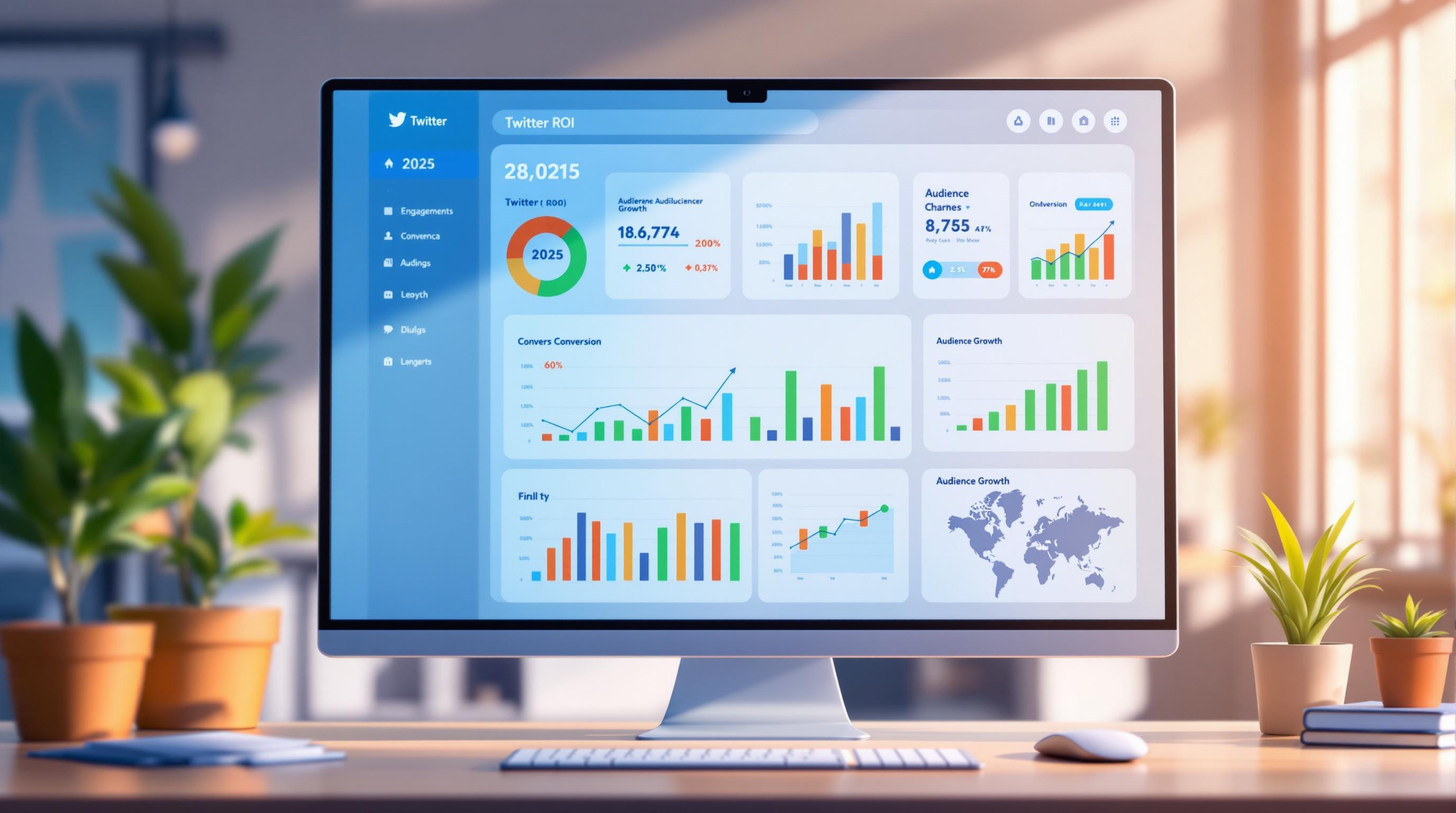
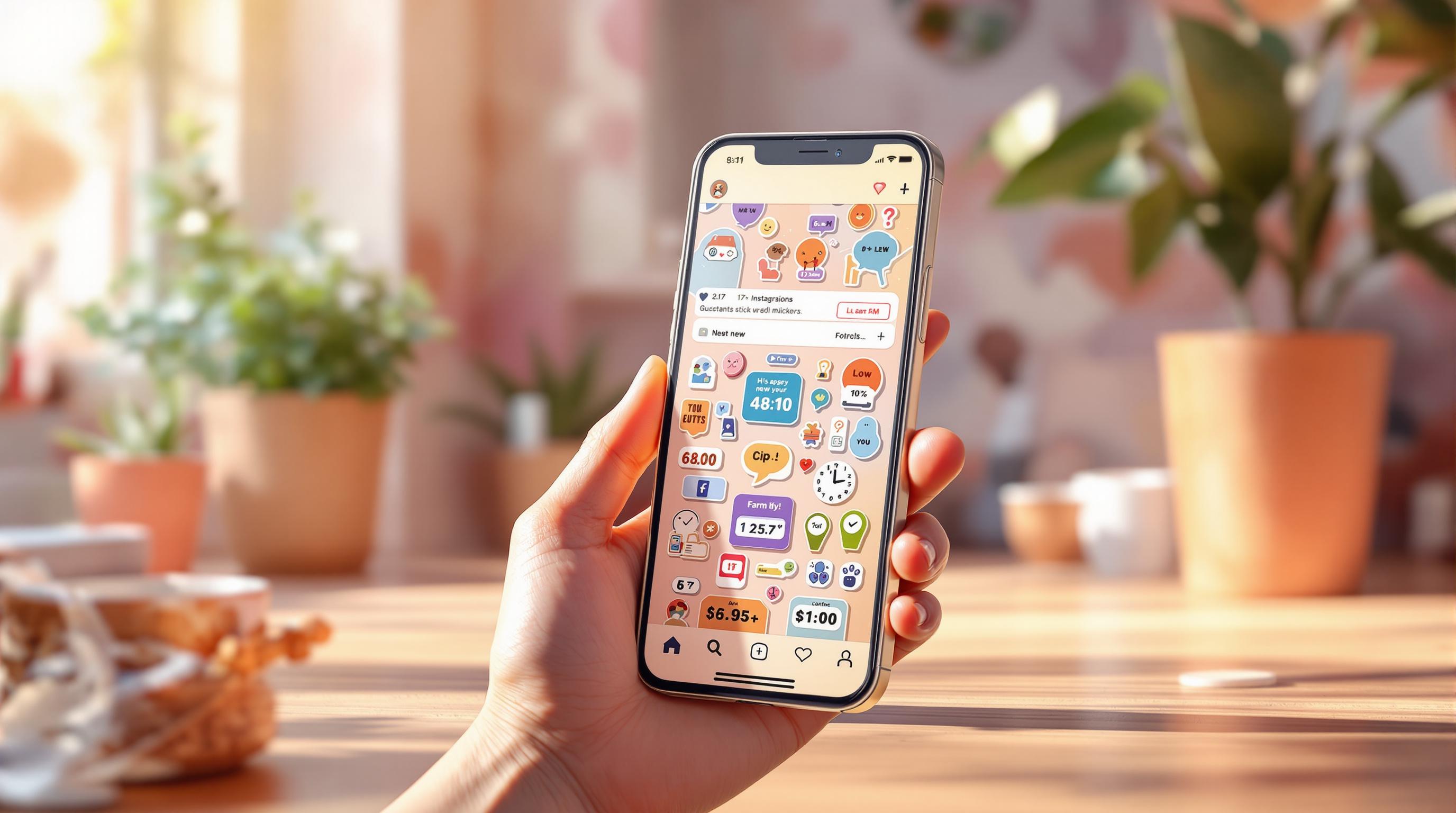
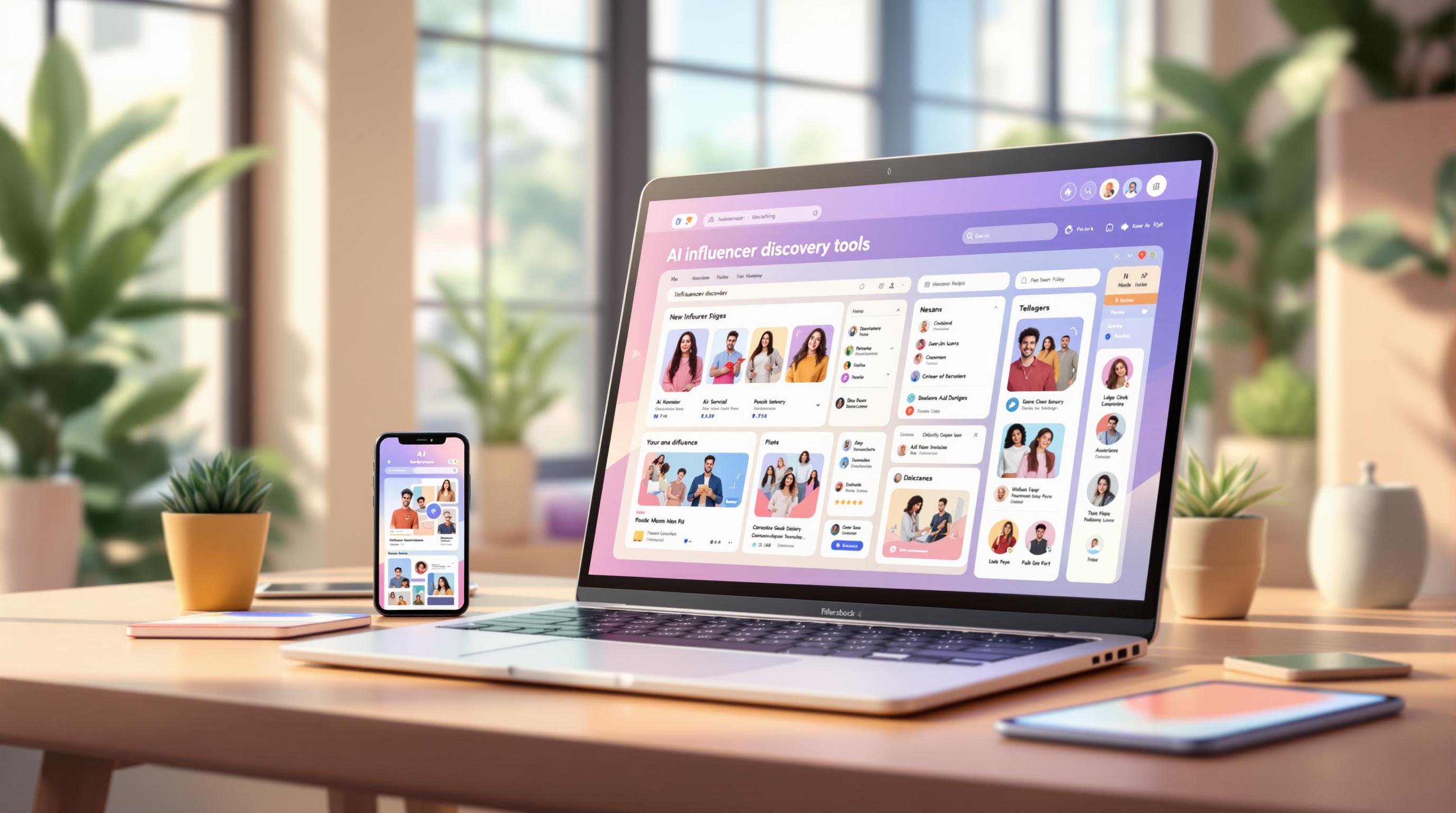


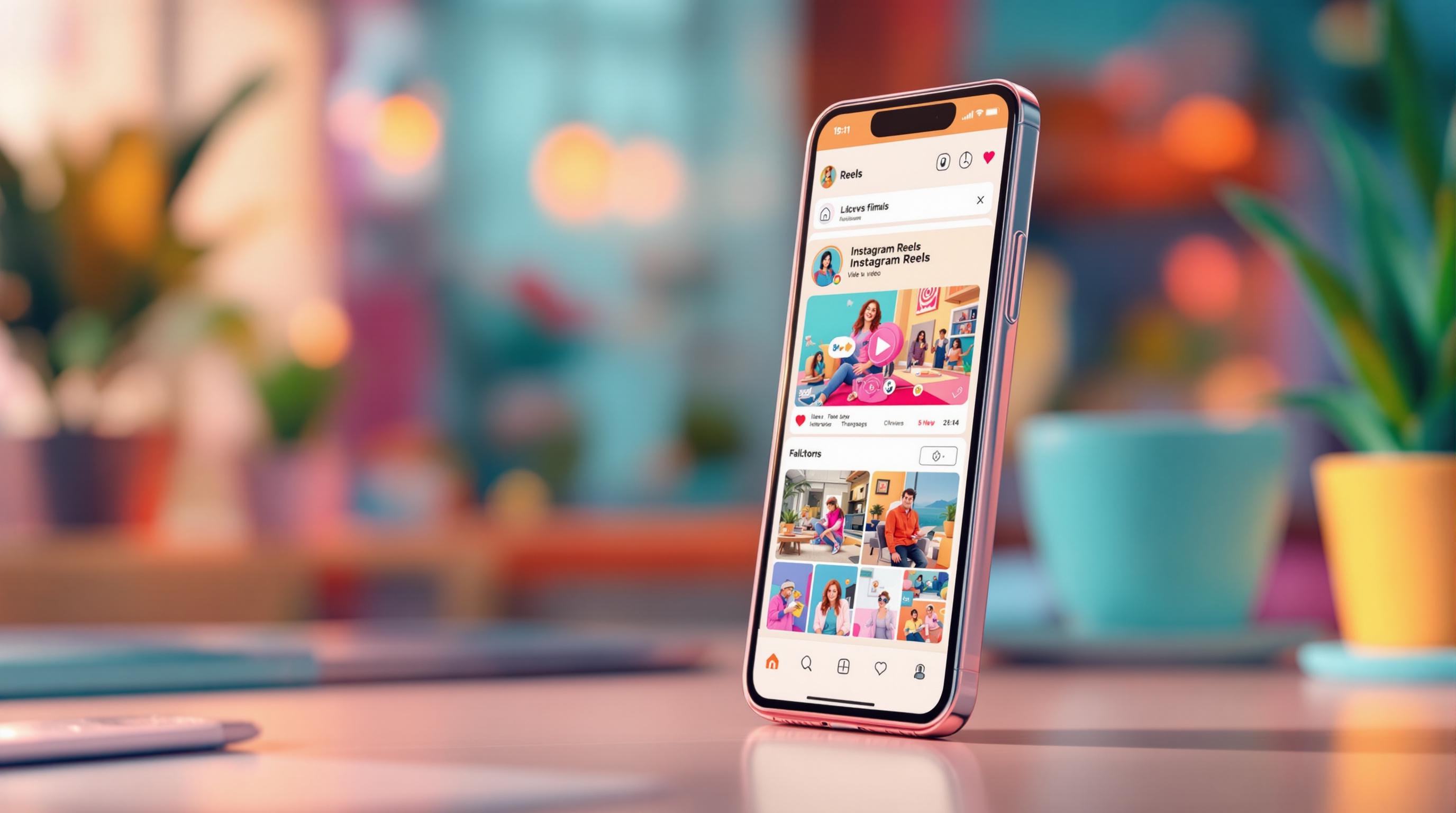
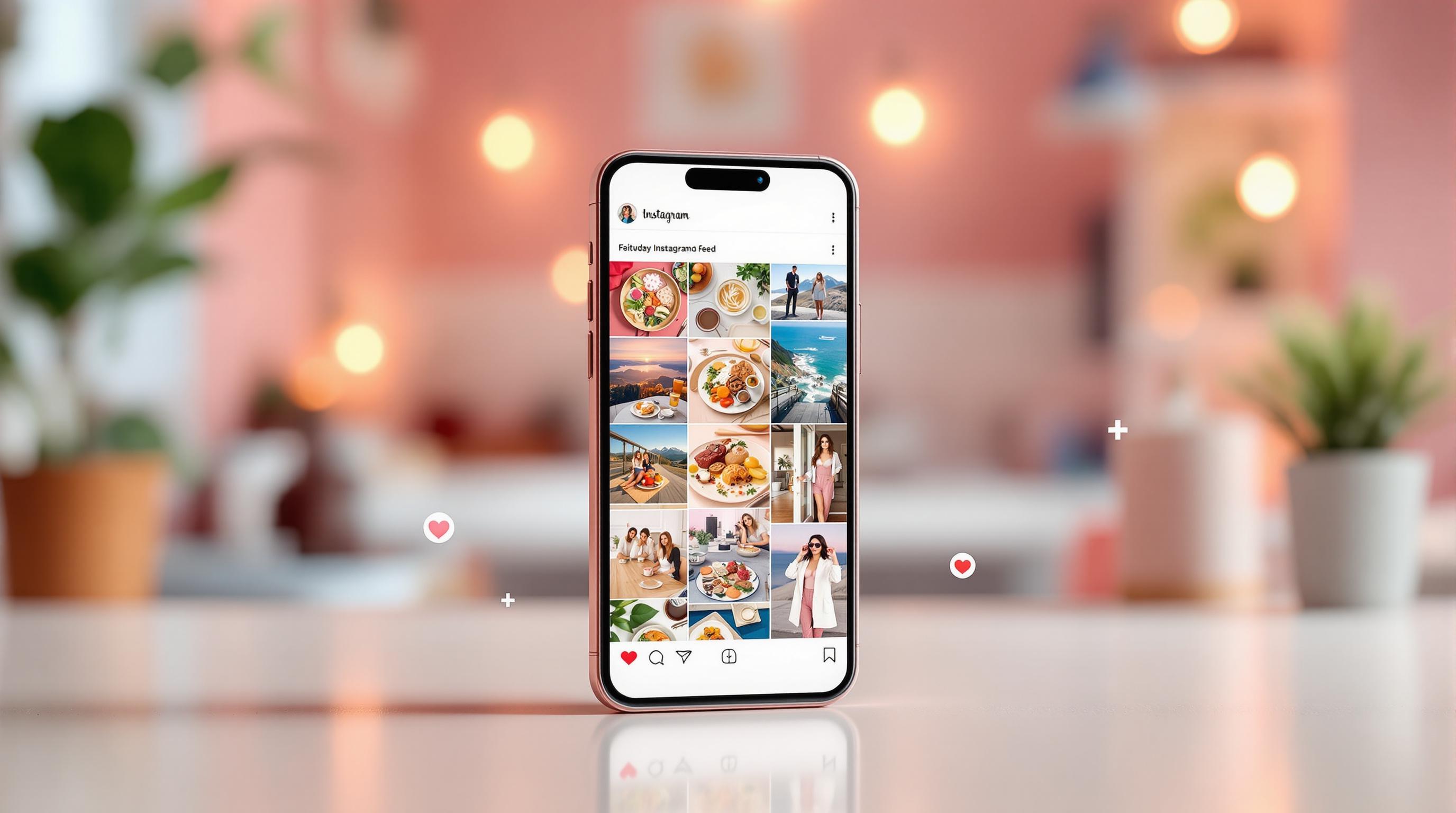

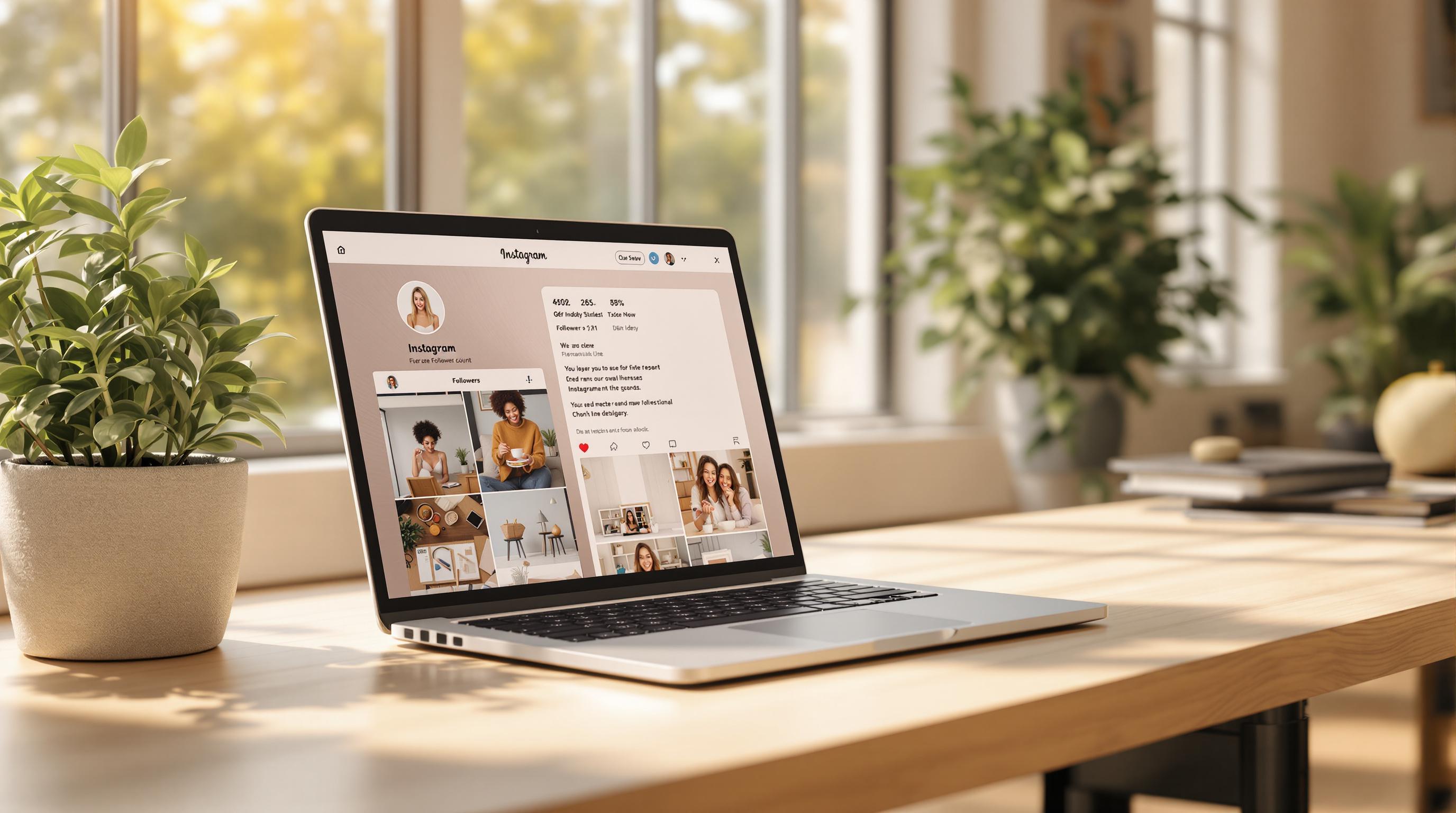

![Top 7 Best Instagram Growth Services in 2025 [RESULTS]](/cdn-cgi/image/fit=contain,format=auto,width=null/https://cdn.prod.website-files.com/67840d1d88a886f29a66a4c1/6795d12917ee4501b9eddf73_6795c731964f791db3b566c4-1737870861582.jpg)
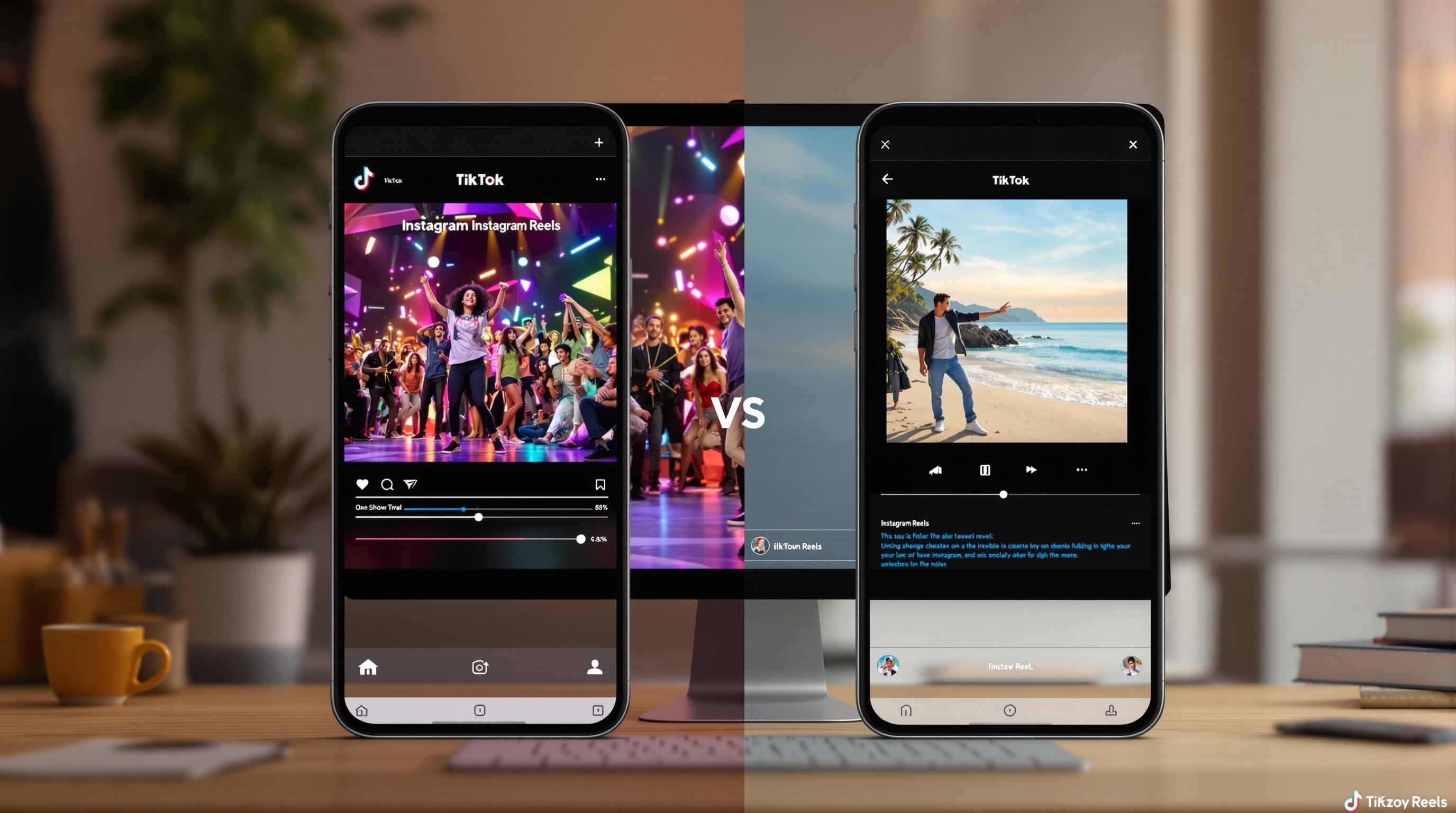
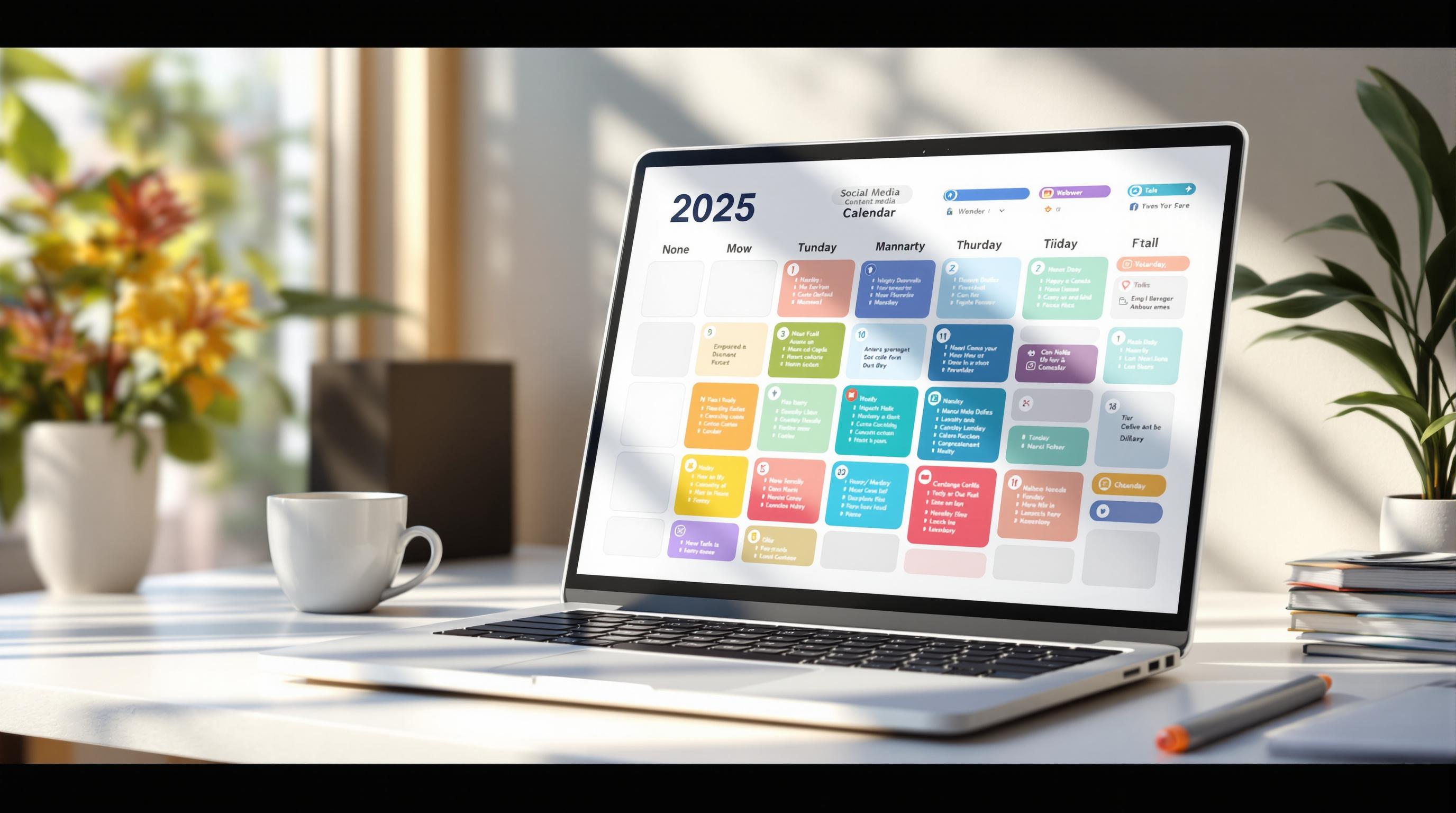
![UpGrow Review – The Best Instagram Growth Service in 2025 [TESTED]](/cdn-cgi/image/fit=contain,format=auto,width=null/https://cdn.prod.website-files.com/67840d1d88a886f29a66a4c1/6795040db42e404207732526_6794fd9c964f791db3b48de9-1737818779111.jpg)


